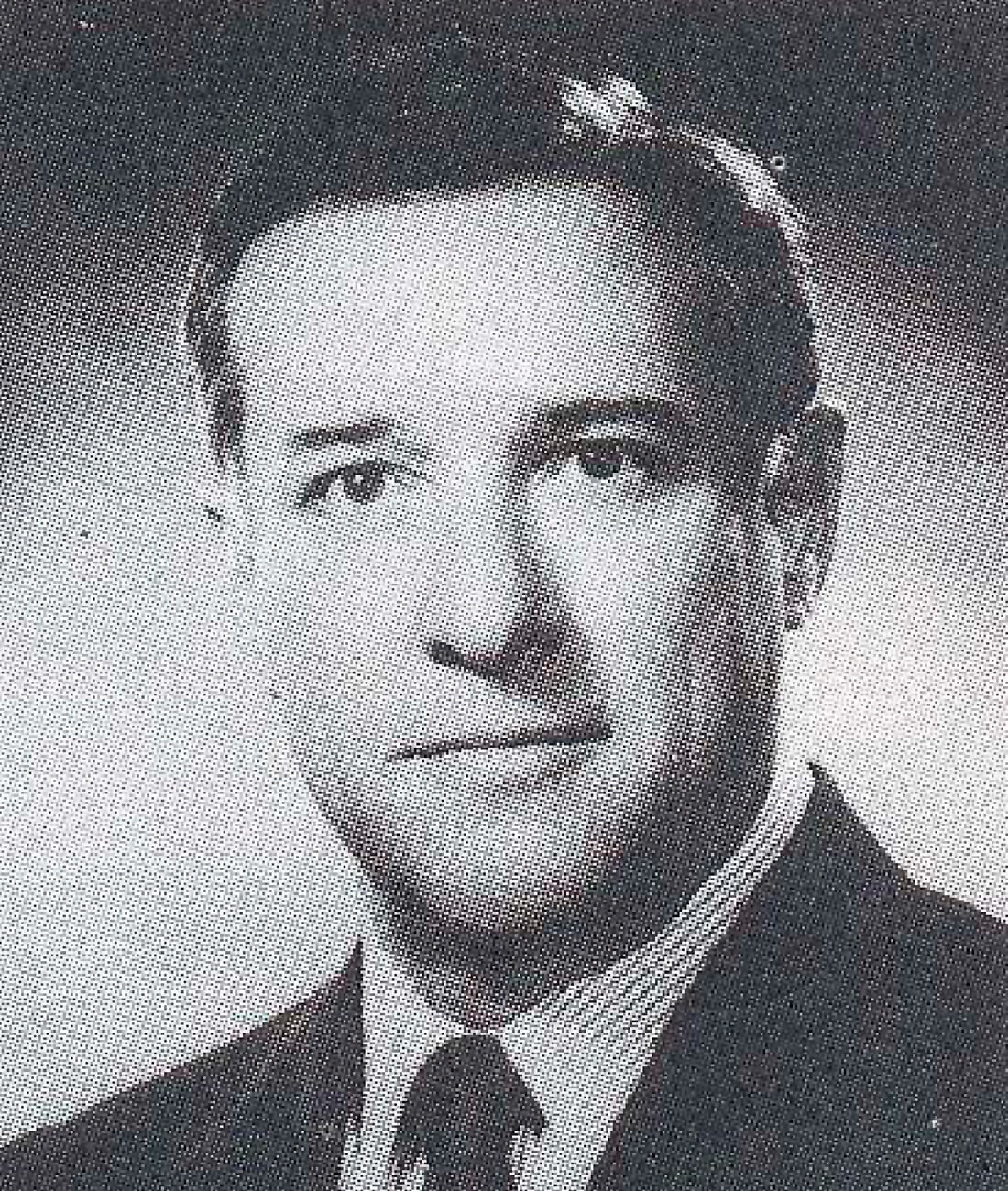This lecture is one of 14 to be presented between September and January by Dr. Phillip Romig) head of the Department of Geophysics at the Colorado School of Mines since 1983.
Romig’s theme, “Environmental Geophysics - Fad or Future?”, deals with one of the most frequently asked questions in the earth science community today. Many geophysicists, in the wake of large-scale cost-cutting efforts by oil companies, are looking at the environmental movement as a way to remain in their chosen profession. And, indeed, there have been predictions from well respected sources that the use of geophysics for environmental mapping and characterization could ultimately spawn an industry larger than oil exploration. On the other hand, there are also reputable professionals who feel this is nothing but wishful thinking that will quickly be evaporated by bottom-line reality.
Romig’s lecture will evaluate these contrasting viewpoints by treating the following questions:
- What are the prospects for growth of environmental geophysics?
- How does site characterization differ from oil exploration?
- What are the keys to success in the environmental business?
- Who will pay the bills and how much money will they have?
As Romig’s talk will reveal, the answers are neither obvious nor easy, but they are of paramount importance to a young (or not so young) geophysicist who might have to “bet” several years of his or her career on them.
Biography

Romig, who earned a degree in electrical engineering from Notre Dame, worked in naval engineering and in the aero space industry before doing his graduate work in applied geophysics. He received his doctorate in geophysics from the Colorado School of Mines in 1969 and immediately joined the CSM faculty. In addition to his leadership of the geophysics department, he has also been acting director of CSM’s Institute for Resource and Environmental Geophysics since 1990.
Romig has been very active in SEG affairs in recent years. He has chaired the Engineering and Groundwater Geophysics Committee on two occasions, coauthored an invited review of the state-of-the-art for the 50th anniversary issue of GEOPHYSICS in 1985, edited a special issue of GEOPHYSICS the following year on engineering and groundwater, served as Vice-President on the 1991-92 Executive Committee, was a very active member of the Bylaws Committee for the newly formed Near Surface Geophysics Section, and is presently a member of the LEADING EDGE Editorial Board.











Join the Conversation
Interested in starting, or contributing to a conversation about an article or issue of the RECORDER? Join our CSEG LinkedIn Group.
Share This Article